By Don Hollway
With a quarter of a million German troops pouring through the Ardennes Forest, three Americans fleeing in a jeep should have raised no alarm. But when they were flagged down a few miles to the west at Aywaille, Belgium, Privates Charles W. Lawrence, Clarence van der Wert, and George Sensenbach spoke poor English and did not know the password. A preliminary search revealed that, along with two Sten machine pistols, which were British weapons, they were carrying $900 and £1,000 in cash, not to mention Wehrmacht pay books. And under their olive drab fatigues they wore German field gray. They turned out to be Sergeant Gunter Billing, Corporal Manfred Pernass, and Private Wilhelm Schmidt of the German 150th Panzer Brigade. It was Billing who, perhaps intentionally, dropped the real bombshell. He told interrogators that their mission was part of Operation Greif, a massive secret commando raid, sent across the lines to infiltrate the Supreme Headquarters Allied Expeditionary Force and kidnap or kill no less than General Dwight D. Eisenhower, under orders from Adolf Hitler’s top commando, SS Lt. Col. Otto “Scarface” Skorzeny.
Among the Allies, few names were more infamous. In September 1943, Skorzeny had led a glider-borne commando assault on an Italian plateau to rescue former Italian dictator Benito Mussolini, spiriting Il Duce away in a light plane. When the regent of Germany’s last European ally, Hungary, had wavered on the brink of surrender, Skorzeny had kidnapped his son and led a German-backed coup, keeping Hungary in the war. If anyone could slip into Paris unnoticed and attack Ike in his own headquarters, it was Skorzeny.
He had learned tactics and won his dueling scars as a student in Vienna’s dueling societies, where the object was not necessarily victory with the saber, but remaining stalwart when receiving Schmissen, marks of honor. “Just as in dueling you must fix your mind on striking at the enemy’s head, so, too, in war,” he said.
It was just such a blow Hitler had in mind when he summoned Skorzeny, fresh off his Hungarian success, to the Wolf’s Lair headquarters in October 1944. The German leader gave him hearty congratulations, a promotion, and the German Cross in gold. He also gave Skorzeny barely five weeks to assemble a full panzer brigade, more than 3,000 men, equipped and trained as Americans. The German commandos were, their orders instructed, “to go ahead [of the German December offensive] and seize one or more of the bridges over the Meuse between Liège and Namur…. Small detachments in enemy uniforms can cause the greatest confusion among the Allies by giving false orders and upsetting their communications.”
No Secret At All
The task would be made all the more difficult by Hitler’s explicit orders that Skorzeny, too valuable to risk, was not to cross the lines with his men. “I know you will do your best,” Hitler told him. “Of course, the most important thing of all is the strictest secrecy!”
Secrecy, however, went out the window almost immediately. An order to all Wehrmacht units, headed “Secret Commando Operations” and signed by no less than Field Marshal Wilhelm Keitel, called for English-speaking volunteers to report to Skorzeny. Knowing the enemy would hear of it, Skorzeny sought permission to cancel the entire operation but was denied. The Allies got wind of the order on November 30, but discounted the whole notion of Operation Greif as a ruse.
With no idea of their mission, volunteers came from all branches of the German military. Fritz Christ, then a 21-year-old Luftwaffe private trained as an English translator, thought, “Wonderful! I am going to interrogate American prisoners of war and be well away from the fighting.”
This story was published in Military Heritage Magazine.
Learning Americanisms
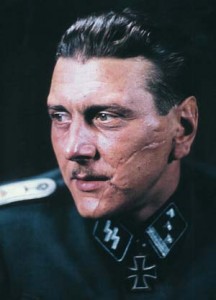 Operation Greif participants were isolated behind wire in an “American School,” with security so tight that one man was shot when his letter home was too descriptive. Skorzeny’s deputy, SS Lt. Col. Willi Hardieck, drilled them in Americanisms—how to swear, slouch, chew gum, loiter, and march instead of goose step.
Operation Greif participants were isolated behind wire in an “American School,” with security so tight that one man was shot when his letter home was too descriptive. Skorzeny’s deputy, SS Lt. Col. Willi Hardieck, drilled them in Americanisms—how to swear, slouch, chew gum, loiter, and march instead of goose step.
“We had to watch American films which showed us how the GIs saluted, and even how they smoked cigarettes, never right down to the butt, and put them out,” Christ remembered. “We were even given daily lessons in American slang.”
Sergeant Heinz Rohde, whose father lived in Woodstock, New York, spoke “Shakespearean English which was a devilish thing,” but enjoyed smoking Camels and Lucky Strikes. “We got the impression that we were perfect Yankees.”
Quite the contrary, Skorzeny thought: “After a couple of weeks the result was terrifying.” Of 2,500 men, only about 400 could speak schoolboy English, and just 10 were fluent. “The rest could just about say ‘Yes,’” he wrote, and advised them to “mingle with the fleeing Americans and pretend to be too flurried and overcome to speak,” admitting they “could certainly never dupe an American—not even a deaf one!”
Costumes & Props to Support the Masquerade
“Those with no English were instructed to exclaim, ‘Sorry,’ if they were approached by Americans,” remembered Christ, “and then to open their trousers and hurry off feigning an attack of diarrhea.”
More promising candidates were slipped into POW camps to polish their skills. The best formed commando teams under SS Captain Ernst Stielau. They were to infiltrate ahead of the offensive, spreading confusion and destruction and reconnoitering the all-important Meuse bridges. Meanwhile, Skorzeny’s main force, in American tanks, would mingle with the enemy retreat and push through to capture the bridges, perhaps as early as six hours into the offensive.
The masquerade required costumes and props, but by mid-November Panzerbrigade 150 was still short 1,500 American helmets and half the requested American guns and ammo. Many of the uniforms supplied were British, Polish, or Russian, or summer issue, or had bloodstains or POW markings. Instead of 20 Sherman tanks, 30 American armored cars, nearly 200 trucks, and 150 jeeps, Skorzeny got just two Shermans (one of which soon broke down), four armored cars, and about 30 jeeps. The rest of his equipment was German: five Panther tanks, six armored cars, six armored personnel carriers, and five Sturmgeschutz III assault guns. They were disguised with sheet metal cladding, olive drab paint, and white star insignia, but would fool, as Skorzeny himself admitted, only “very young American troops, seeing them from very far away at night.”
The code name for the plan, Operation Greif, translated as “griffin,” the lion-bird of mythology, but also (and perhaps not coincidentally) as “grab.” In light of their commander’s reputation, his men’s imaginations ran wild. One young lieutenant offered his intimate knowledge of Paris “because we are going to dash across France through the American Army and capture Eisenhower’s headquarters.”
Skorzeny let the rumor work for him: “Don’t mention it to anyone. When the time comes I’ll call on you.”
Its ranks filled out with Luftwaffe paratroopers and Wehrmacht panzergrenadiers, on the night of December 14 Panzerbrigade 150 moved up to the front. Twenty-four hours later the Unit Stielau commandos slipped across the lines, mainly by pretending to be lost patrols. Since then stories of their exploits have become legend. These included preventing the demolition of the bridge over the Amblève River at Stavelot, allowing the panzer spearhead to cross; armored columns and dug-in defenders sent running by panic-stricken ersatz Americans fleeing the German juggernaut; road signs changed, roads falsely marked as mined, communications cut.
Actual successes were more modest. Rohde, who took the name Sergeant Morris Woodahl, and his team ran off the crew of an American M8 Greyhound armored car near Recht, toured Malmedy with it and returned with souvenir leather jackets. One unit posing as military police spent December 17 misdirecting Allied traffic at the Mont Rigi crossroads, fleeing when real MPs arrived. A team reached Huy, on the banks of the Meuse, on the evening of December 16, and kept a watchful eye on the bridge through the night and all the next day. Yet another unit reached Liege and took the opportunity, as confirmed by American accounts, to steer an American regiment in the wrong direction. Theirs were the high water marks of the German offensive.
The greatest damage, however, was done at Aywaille. As soon as Private Schmidt mentioned Eisenhower, the story took off: Otto Skorzeny and 300 disguised German paratroopers were to rendezvous at Paris’ century-old Café de la Paix (nothing less would do) to launch a suicide attack on the Supreme Headquarters Allied Expeditionary Force. For several days Eisenhower was practically imprisoned while a look-alike was driven about the city in plain sight as a decoy. Brig. Gen. Bruce Clarke and even Field Marshal Bernard Montgomery were detained, Monty threatening courts-martial for everyone involved and infuriated that nobody recognized him. When he heard the news, Ike gave Skorzeny credit for at least “one worthwhile service.”
Lieutenant General Omar Bradley, famously disgusted by “half a million G.I.s playing cat and mouse with each other every time they met,” endured a life-or-death quiz game at every roadblock: What’s the capital of Massachusetts? His interrogator insisted on Chicago. Where’s the guard on an offensive line of scrimmage? Who is married to Betty Grable? Who is Prune-face? Where does Li’l Abner live? Who works with Jiggs? At least two American soldiers were shot by mistake.
Confusion wasn’t limited to the Allies. One of Stielau’s commandos surrendered to an American MP, who revealed himself to be German as well. Private Christ, now “Lieutenant Charles Smith” from Detroit, barely escaped when his truck, with its U.S. Army stars, was strafed by Luftwaffe fighters. “I jumped off the lorry and hid in a ditch before the vehicle exploded in a ball of fire,” reported the ex-airman. “Nobody had told the Luftwaffe what was going on.”
Some of Skorzeny’s men might have been better used to direct traffic on the German side. “Parts of this offensive could hardly be described as well-planned and well-organized,” groused SS Captain Walter Scherf, commanding one of Skorzeny’s armor groups, which sat parked on a road for two hours. Hardieck was killed when his vehicle rolled over a mine. Skorzeny himself found the traffic so blocked that he abandoned his jeep and walked five miles, at one point organizing a hundred or so sidelined troops to roll a 30-foot Luftwaffe transporter carrying useless V-1 buzz bomb parts off the road into a lake. Operation Greif was going nowhere. On the night of the December 17, though, Skorzeny decided to put Panzerbrigade 150 to good use.
“Nearly all of the north flank of the offensive was uncovered,” he saw. “The enemy could easily thrust southward through the road junction at Malmédy.” The opposite, however, was also true. Charged with taking three bridges over the Meuse, if Skorzeny’s disguised Americans managed to capture just one—over the Warche, at Malmédy—the entire German offensive might roll on.
Lieutenant Commander Philipp Baron von Behr of Unit Stielau had made a wrong turn into town wearing a German uniform. Finding it lightly held, he said, “We got off with nothing worse than a fright.” Since then, however, news had spread, not only of fake Americans, but of the Malmédy Massacre. Skorzeny did not believe the massacre had occurred. “We considered that such a crime was quite unthinkable in the German Army.” Vengeful U.S. troops had arrived in force. Worse, a captured German alerted them to the impending assault.
In his headquarters at Ligneuville at 4:30 am on December 21, Skorzeny launched a two-pronged assault under cover of darkness and fog, but lacking artillery support. Scherf led one battle group from the southeast with the Sturmgeschütz assault guns. SS Captain Adrian von Fölkersam led two companies of panzergrenadiers and paratroopers, four disguised Panthers, and the captured Sherman via side roads up to the village of Falize on a ridge southwest of Malmédy.
“Just when the attack was to begin,” remembered Skorzeny, “I heard heavy gunfire from the north. The right wing of the attack had run into a barrage and been held up.”
Scherf’s disguised assault guns had not fooled men of the American 120th Infantry Regiment at the Baugnez crossroad, where victims of the massacre still lay in the snow. They called for artillery and gunned down fake GIs without mercy. Scherf lost 11 vehicles. “It was clear to us that the Americans had already been alerted,” he reported. “The battle group had already lost 60-70 men, dead or wounded, by this point. I wasn’t prepared to lose any more men and vehicles in the dark without reaching Malmédy so I ordered the battle group to drop back slowly toward Ligneuville.”
West of Malmédy a raised embankment led to a rail bridge over the Warche. A road bridge lay behind a choke point between an abandoned paper mill and a house, the forward command post of the 823rd Tank Destroyer Battalion. Nineteen-year-old Sergeant First Class Frank Currey, an automatic rifleman of the 120th’s Company K, and his platoon manning the roadblock were told “armor couldn’t operate in that terrain…. Just leave a squad to guard that bridge and you’re OK.”
Meanwhile, about a mile across the Warche Valley to the southeast, von Folkersam had set up his headquarters in a café in Falize. He sent Lieutenant Peter Mandt with two Panthers toward the rail bridge and 1st Lt. Otto Dreier with two Panthers and the Sherman, with full infantry support, toward the road bridge. They were only partially across the valley floor when somebody snagged a trip wire.
Flares popped overhead. Green tanks with white stars milled in the foggy dark. “We had hardly any chance of attacking reasonably,” reported Mandt, “as we had very little cover and we advanced very hesitatingly.” With their turret cupolas removed the Panthers resembled M-10 tank destroyers but required their commanders to expose their heads; the second tank’s commander took a mortal hit and fell back inside. Mandt’s Panther reached the embankment but hit a mine, unraveled a tread, and brewed up; with his crew dead, Mandt bailed out, took over the second tank, and fell back to Falize. “After the panzers were knocked out I believe the foot soldiers retreated.”
Dreier, assaulting the road bridge, was also hit in the face and staggered back across the field to Falize, leaving his crew to carry on. The lead Panther barreled down the street at full speed, crossed the bridge, stopped, and wheeled to cover the German advance. Panzergrenadiers reached the American command post and began tossing grenades through the basement windows.
Master Sergeant Ralph McCarthy of the 291st Combat Engineer Battalion had wired the bridge for demolition and explained the use of detonators to the men of the 120th, “but apparently those devices were not particularly high on their list of things to remember in the event of an attack.” First Lieutenant Kenneth R. Nelson of Company M led his machine-gun platoon’s defense as Germans closed to within 20 yards. Nelson was wounded. Sergeant John van der Kamp took over and was also hit, but carried on. Both won the Distinguished Service Cross, Nelson posthumously. Currey, darting back and forth through the fire between the paper mill and command post, used a bazooka, heavy machine gun, rifle grenades, and a medium machine gun in turn to hold off the attackers, earning the Medal of Honor.
“I could only guess what was happening up front by the noise of the fighting and the vehicles returning with wounded men,” recalled Skorzeny. At daylight he looked down from Falize to see “our tanks engaged in a hopeless struggle with a superior force of the enemy.”
The German Sherman and Dreier’s Panther were both hit and abandoned. Across the river, 2nd Lt. Arnold L. Snyder, a forward artillery spotter, crept up behind the stationary lead Panther and shot it in the engine compartment with a bazooka. Its crew bailed out. All but one was shot down as they fled back across the bridge. German radioman Karl Meinhardt hid in a hayloft for six days: “I believed that our troops would continue the advance and I could fight my way out again…. I waited in vain.” That was the closest Panzerbrigade 150 ever came to fulfilling its mission.
At midmorning the fog lifted, and American artillery plastered the little battlefield with 3,000 rounds, including new top-secret, proximity-fused airburst shells, which showered the Germans with splinters. Amid confusion in Falize, the surviving Panther backed into its own command post. Fölkersam was shot in the buttock. Skorzeny was struck in the head and nearly lost an eye.
The following day, American engineers dropped Malmédy’s bridges into the river. Horribly, through miscommunications, the Americans believed the town was lost and bombed it three times, killing more soldiers and civilians than died in the Malmédy Massacre. Meanwhile, Soldiers’ Radio Calais, the British propaganda station, announced that no less than 250 spies and saboteurs had been taken prisoner, which must have given Skorzeny a laugh; by his count he had exactly 28 men over the lines.
For many it was no laughing matter. Some of his three- and four-man teams found out the hard way that American jeeps rarely carried more than two riders and regulations forbade more than three. One unit requested “petrol” instead of “gas” and was captured. Another tried to pass themselves off as members of E Company, 14th Cavalry, learning too late that American cavalry was organized into troops, not companies; real Americans opened fire, killing them all. German lawyers had maintained wearing enemy uniforms was legal as long they were removed before actual combat, but American lawyers apparently disagreed. Eighteen Germans were shot as spies, including Pernass, Schmidt, Billing, and almost certainly a number of ordinary Wehrmacht soldiers with the bad luck to be caught wearing captured American gear.
On December 28, Panzerbrigade 150, having taken 15 percent losses all told, went to the rear. Within a month the survivors all were back with their original units. Von Fölkersam went missing in action on the Eastern Front. Upon war’s end Skorzeny surrendered to the Americans. He, Scherf, von Behr, and others were tried and absolved of war crimes. After the war Skorzeny was implicated with the notorious Werewolf, Spinne, and Organization of Former SS Members networks. Nothing was ever proven, but for years every international plot and incident of intrigue required his official disclaimer: “I’m a retired kidnapper.”
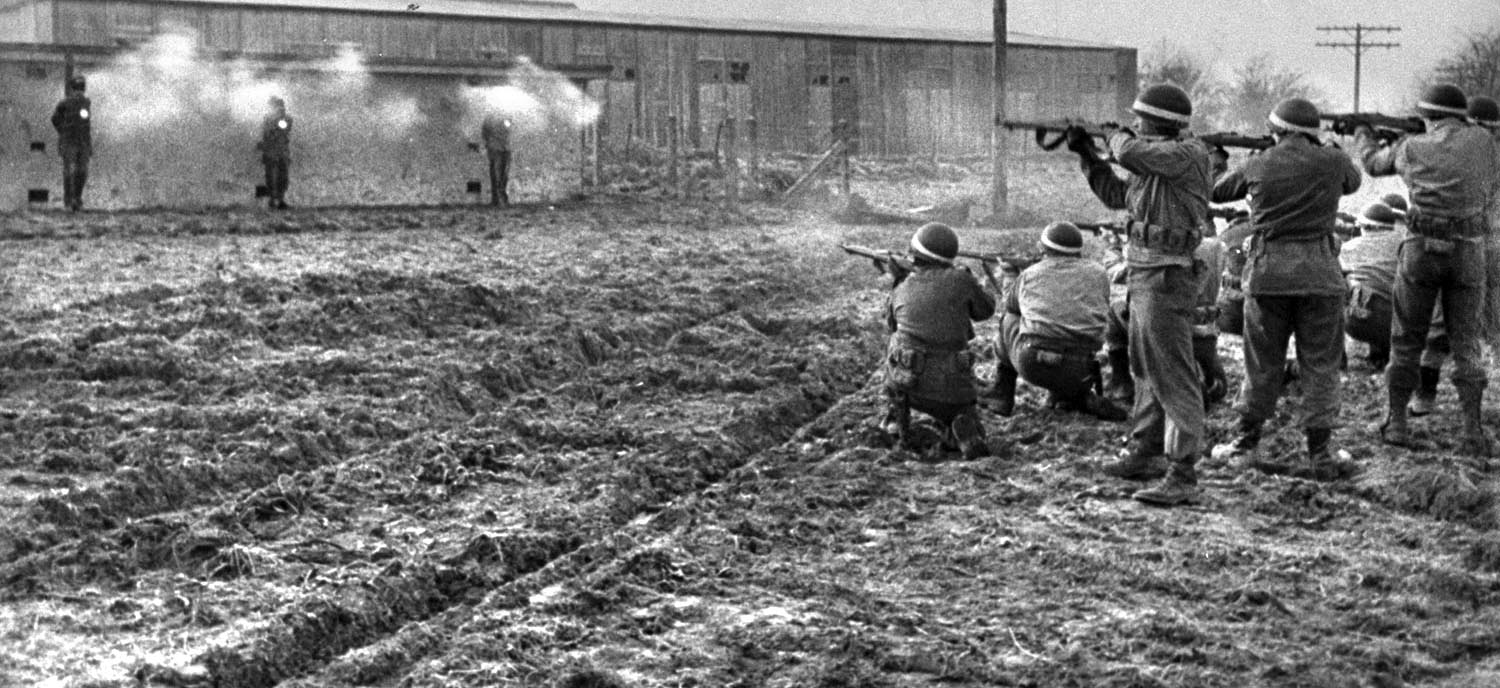
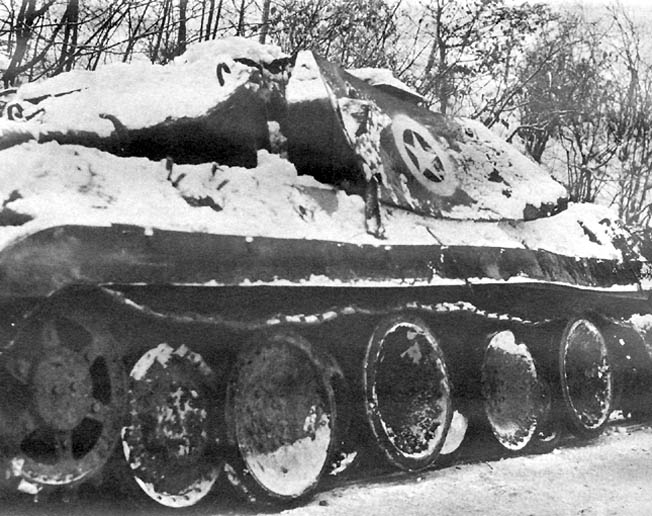
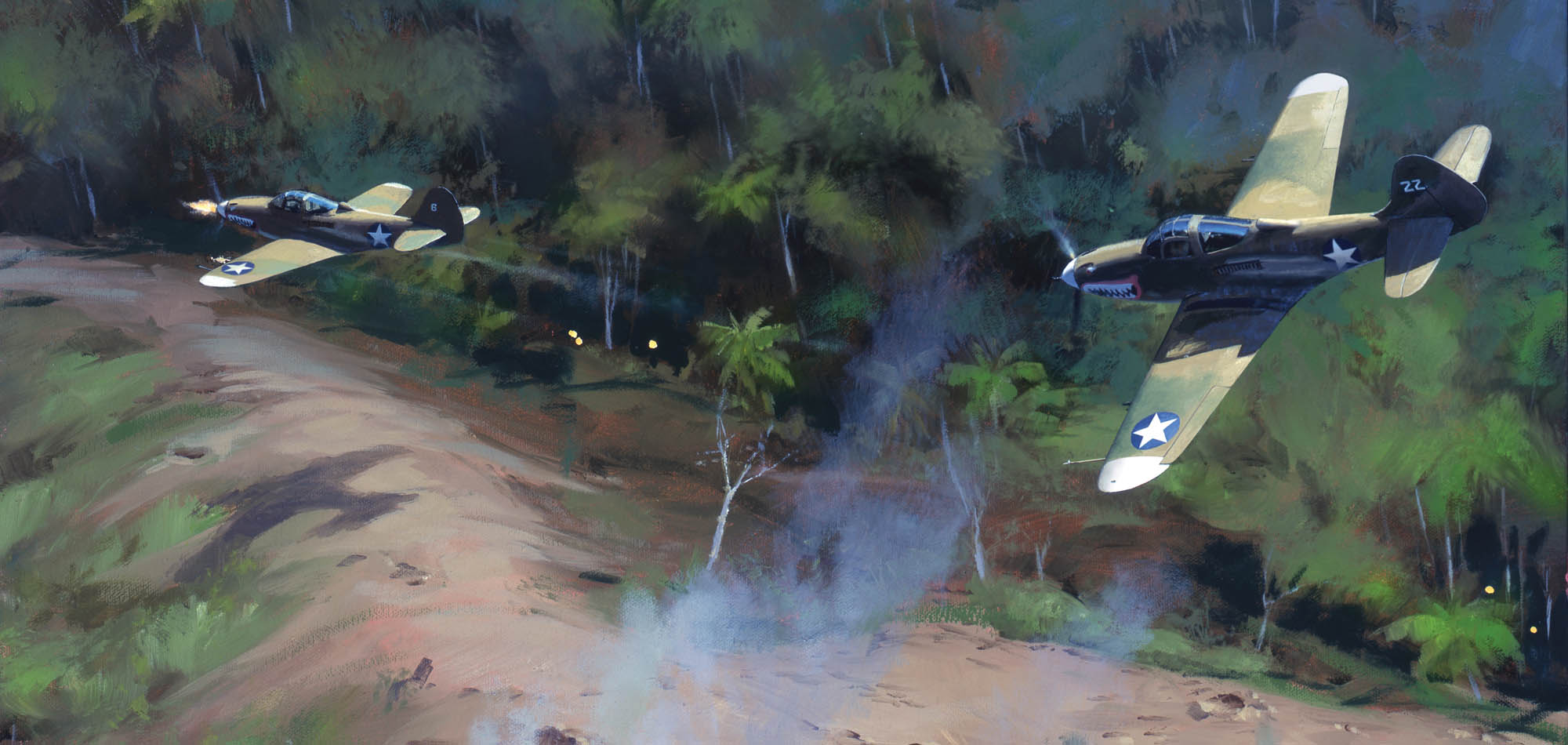
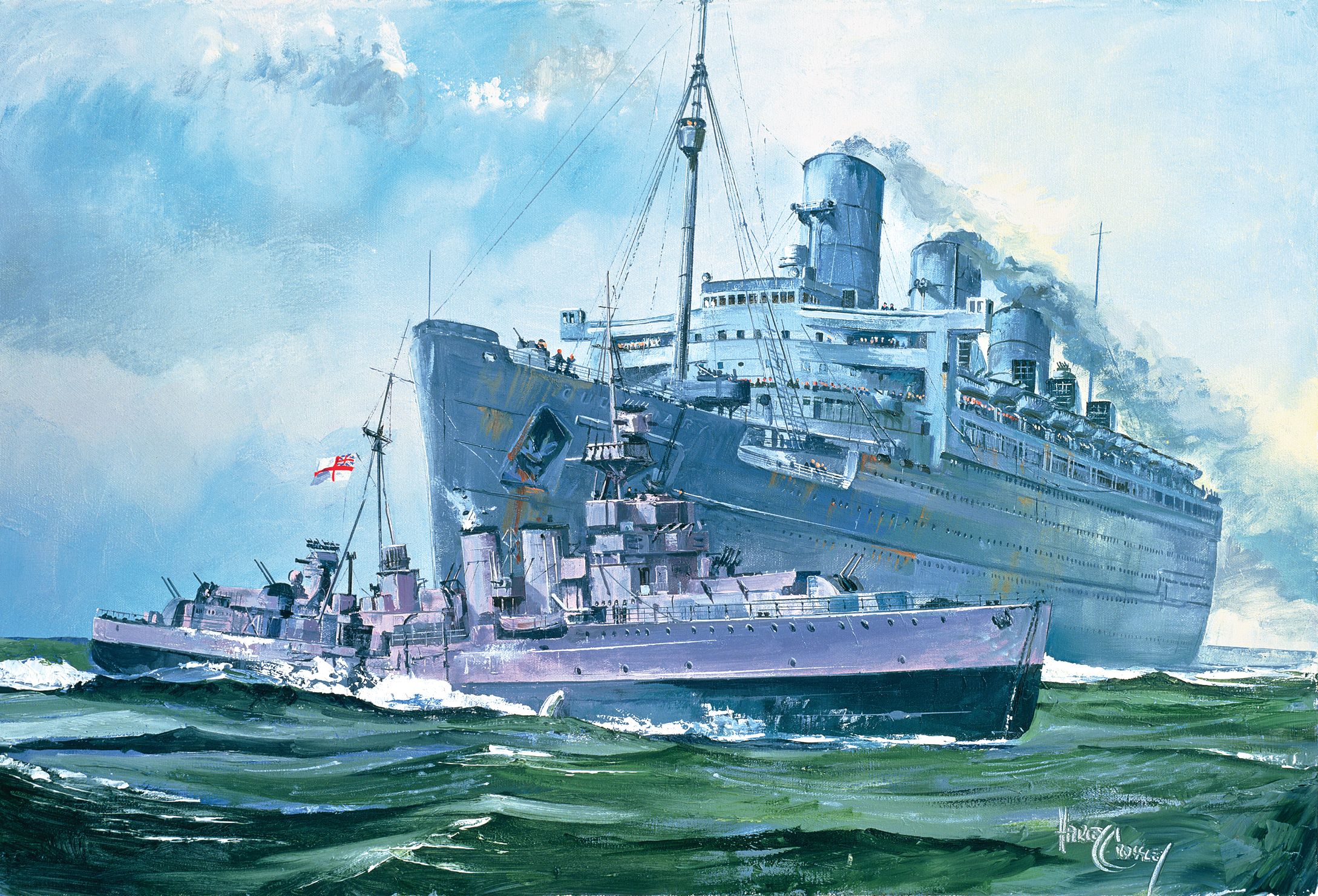
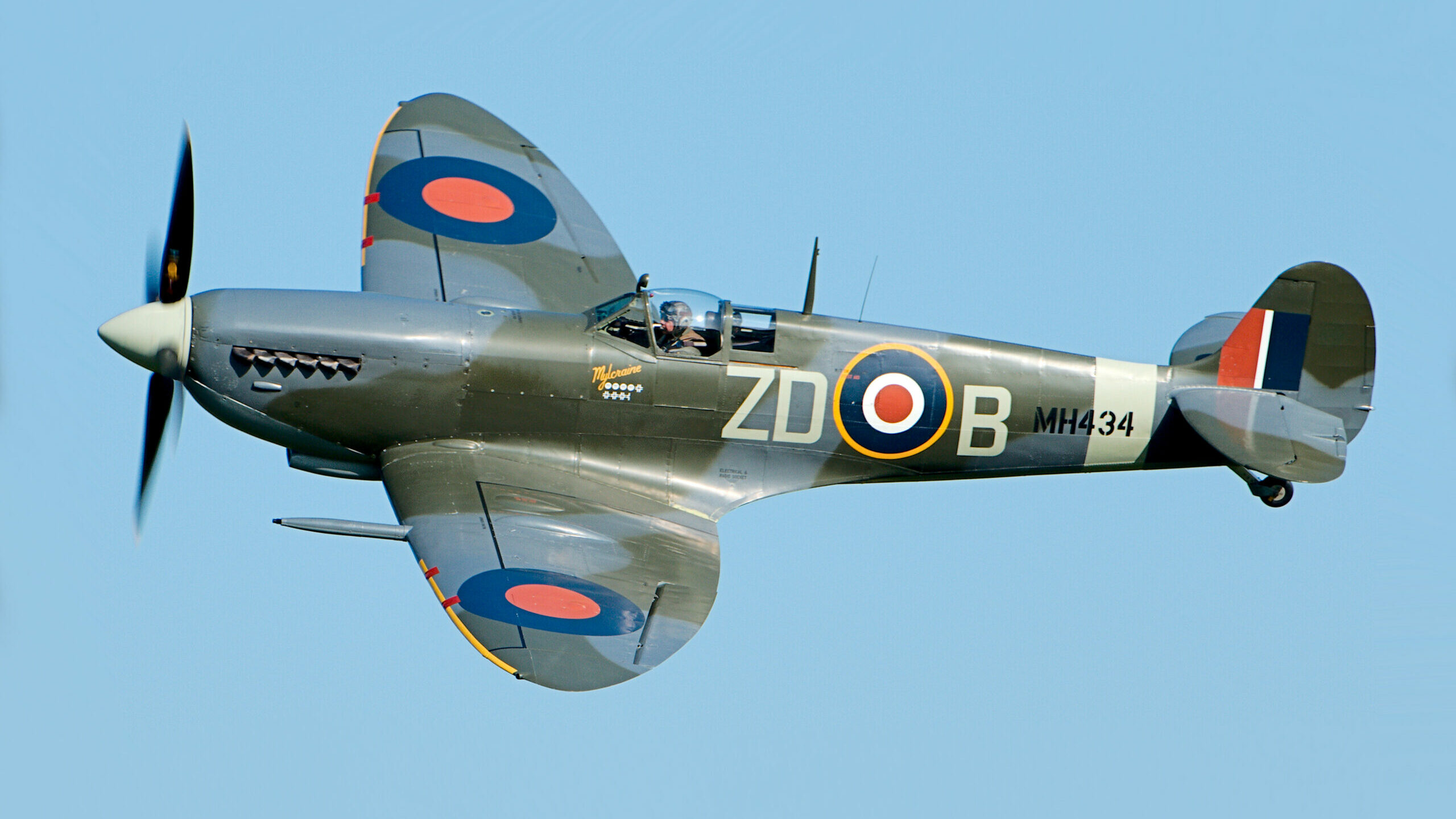
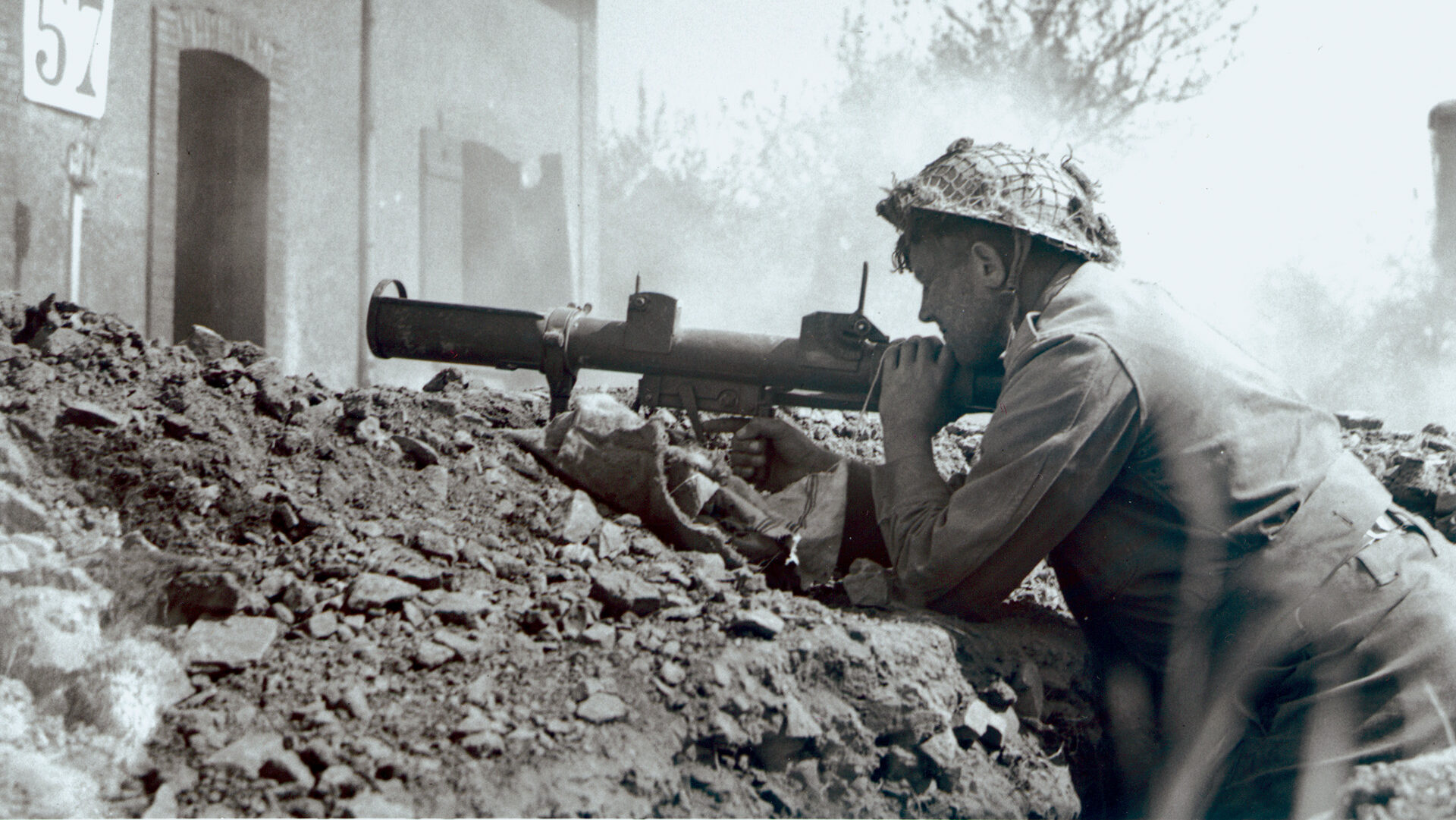
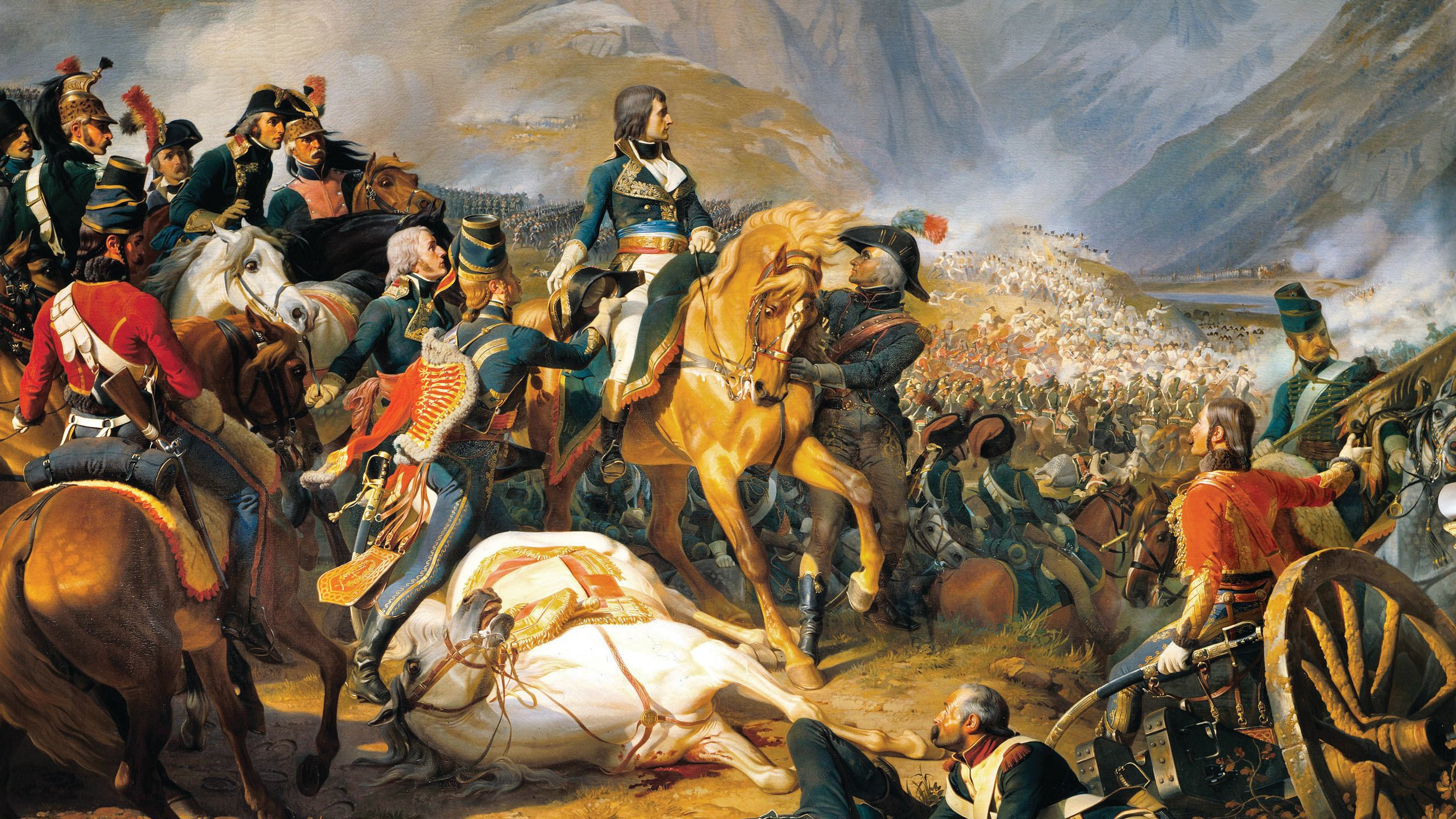
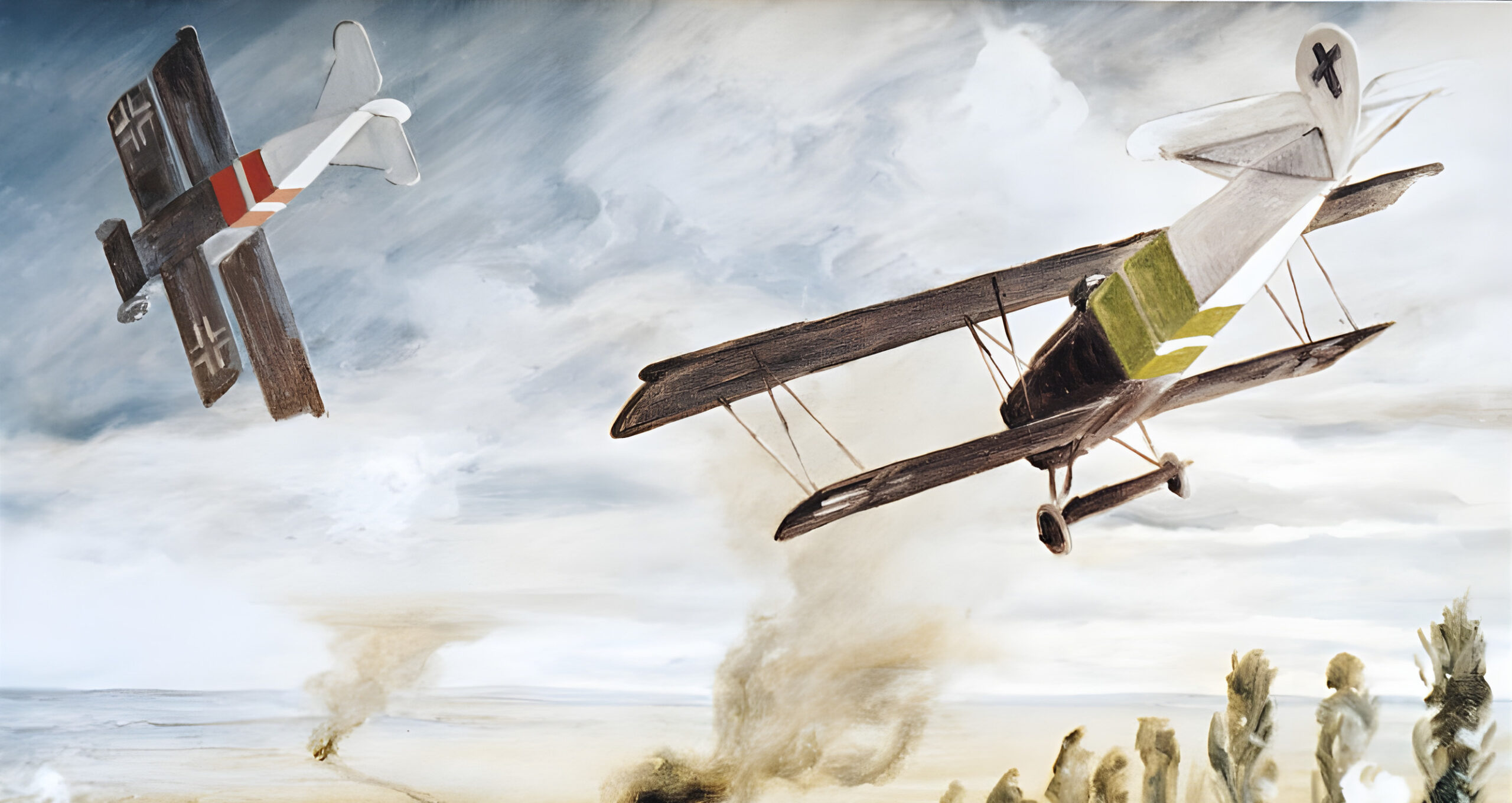
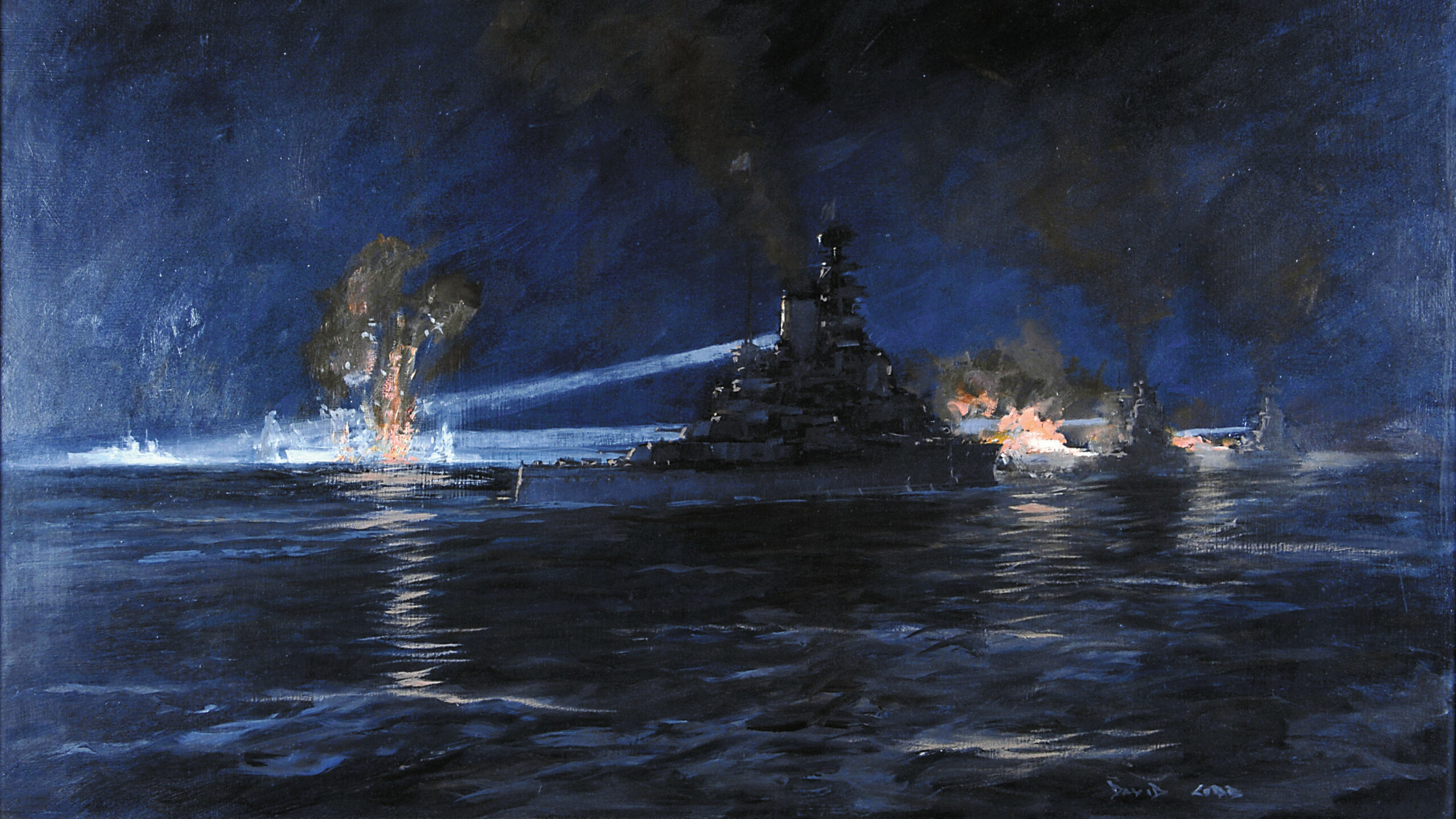
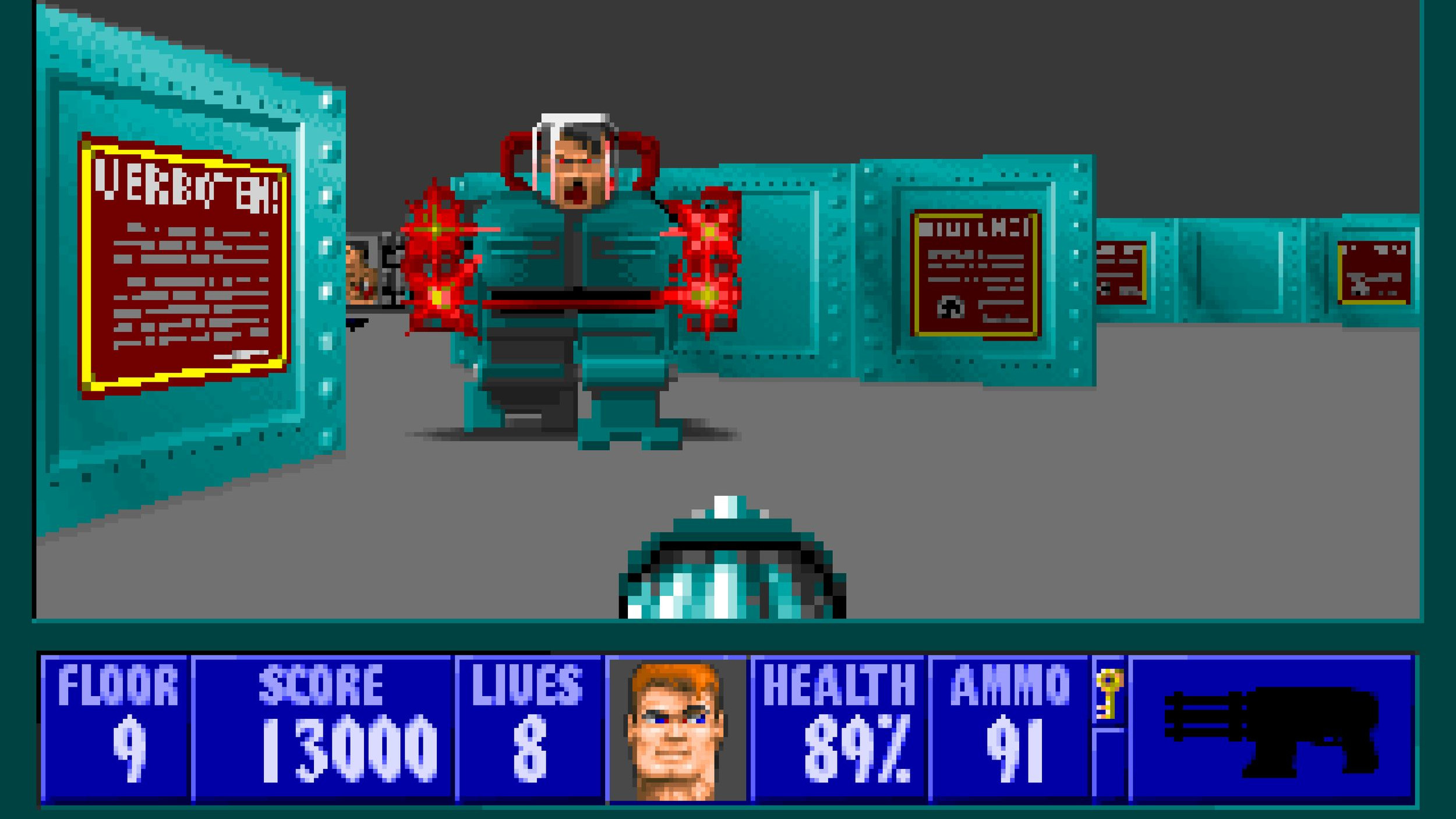
My uncle before he died told stories of what happened to him and his bubbies during their time in the malady and bastogne areas how Germans dressed as GIs caused many of his bubbies to be captured or killed good story thanks Gary
Good… but I wish it told more.
In the early 90’s during a business trip I took a Zurich/Madrid flight and had a chance to seat side by side with Mrs. Skorzeny.
She was living in Spain and told me of the time they moved to Spain and lived under the protection of Franco’s fascist government until Herr Skornezy’s death in 1975.
I doubt very seriously the part about Skorzeny and the Mosad. He was quite the rabid Nazi and despite his acquittals was certainly as good a candidate for conviction as the rest of his pack of barbarians. No doubt his legendary feat of rescuing Mussolini earned him a certain amount of undeserved admiration.